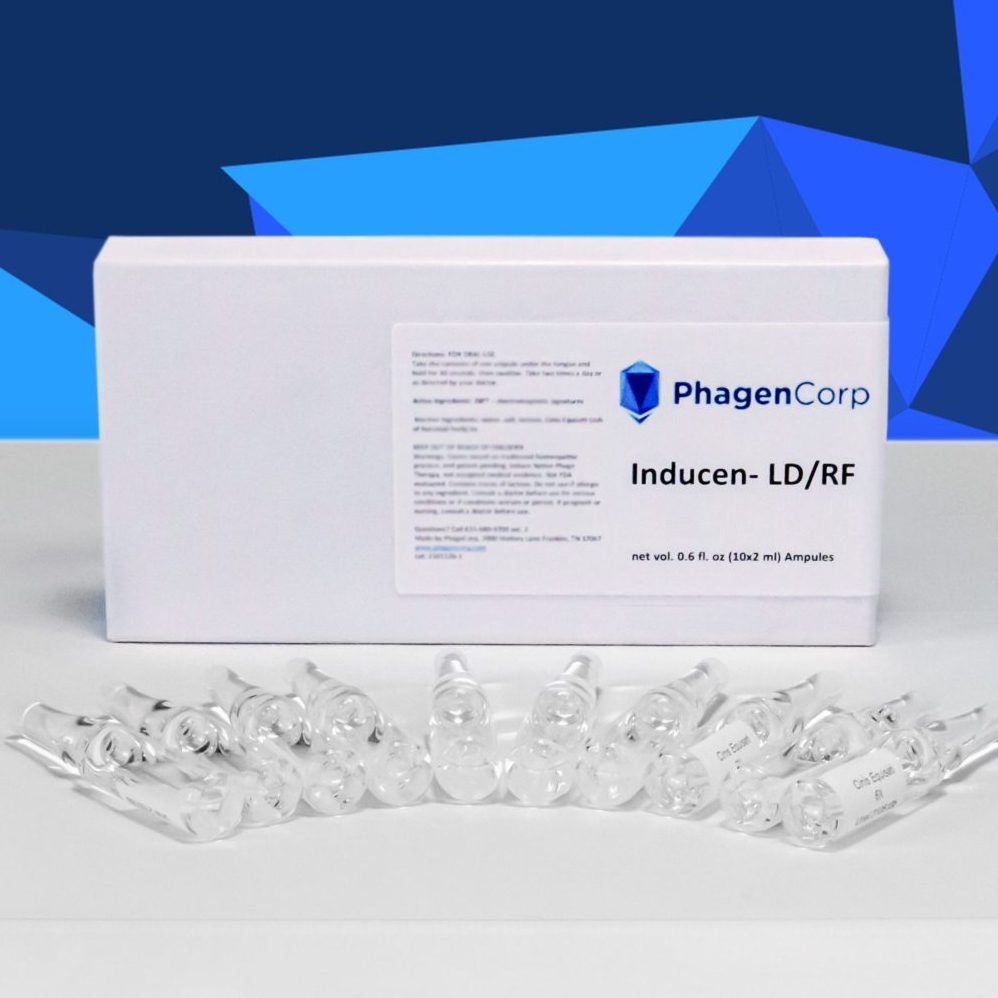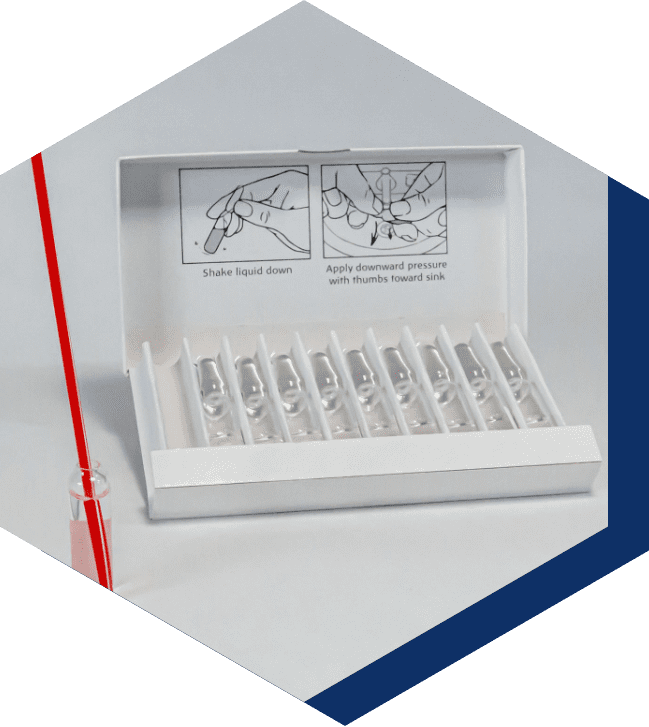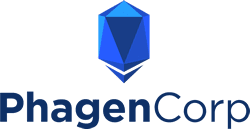Our Medicines
Harnessing the Power of Native Phages
PhagenCorp has developed patent-pending therapeutics, thought to activate epigenetic changes in naturally occurring, “native” phages, that already reside within the patient. These epigenetic changes appear to cause the native phages to revert from lysogenic activities to lytic swarming to rapidly eliminate the targeted microbes within the patient
Treating Lyme Disease Will Never Be The Same
PhagenCorp has developed a novel therapeutic treatment option based on new technology that can facilitate the elimination of infection more rapidly and efficiently than conventional treatments, all without harming the body’s existing infrastructure. We recently conducted a study demonstrating the never-before-seen effects of this treatment option, known as Induced Native Phage Therapy.
INPT is a patent-pending technology that uses a proprietary adjunctive assay called Biospectral Emission Sequencing to identify and isolate specific electromagnetic signatures in order to induce native phages, or those that have entered the body alongside the microbes of a patient’s initial infection, to epigenetically revert from lysogenic to virulent activity. This purposeful manipulation of the body’s natural defense mechanisms causes those microbe-specific phages to kill off their host bacteria entirely, safely ridding the patient of infection in very little time.
A total of 26 patients suffering from post-treatment (antibiotic) Lyme disease syndrome were submitted to INPT treatments over the course of two weeks. 77% of patients were found to be negative after two weeks of treatment. 92% of patients were found to be negative for one or more of their previously diagnosed Borrelia strains following extended INPT treatment. All patients demonstrated no adverse reactions and noted mild to substantial symptom improvement following treatment. To review the study in detail, please click here (Article: Induced Native Phage Therapy for the Treatment of Lyme Disease and Relapsing Fever: A Retrospective Review of First 14 Months in One Clinic).
The Inducen-LD/RF Formula
Below, we’ve listed the types of bacteria targeted by the Inducen-LD/RF formula. Each one requires unique and complex electromagnetic signatures targeting their specific type of bacteriophage (phage) in an effort to induce them to epigenetically switch from their normal lysogenic activities to lytic swarming of their host bacteria, thereby killing the targeted bacteria. Every bacterial infection has its own phage infection. That battle between the bacteria and the phages has been ongoing since the beginning of time. As in all battles, it cannot be guaranteed that the phages will win every time. There are many variables and this is an emerging technology that is still in its infancy, although the early results are very encouraging.

Other Formulas
Though our research study focuses specifically on Inducen-LD/RF, we are also preparing to launch with the following ten Inducen remedies.

Inducen remedies from PhagenCorp:
The Future of Healing Is Unlimited
In addition to the formulas listed above, PhagenCorp is in the process of developing 109 (and counting) non-toxic, laser-specific, native phage-inducer medicines to combat microbes of all kinds. These additions to our INPT offerings will be available once further testing has been completed.
Each INPT medication listed here is microbe specific, allowing it the best possible opportunity to work effectively.
100+ Medicines & Counting (research products only)
Keep up with us!
Sign up for our mailing list or follow us on social media to keep up with all of the latest happenings here at PhagenCorp!
We are committed to earning and maintaining our place at the forefront of medical innovation and excellence by providing constant, continued, and groundbreaking solutions for the abolition of disease.
PhagenCorp
Phage-Biotechnology & Precision Medicine Innovation

